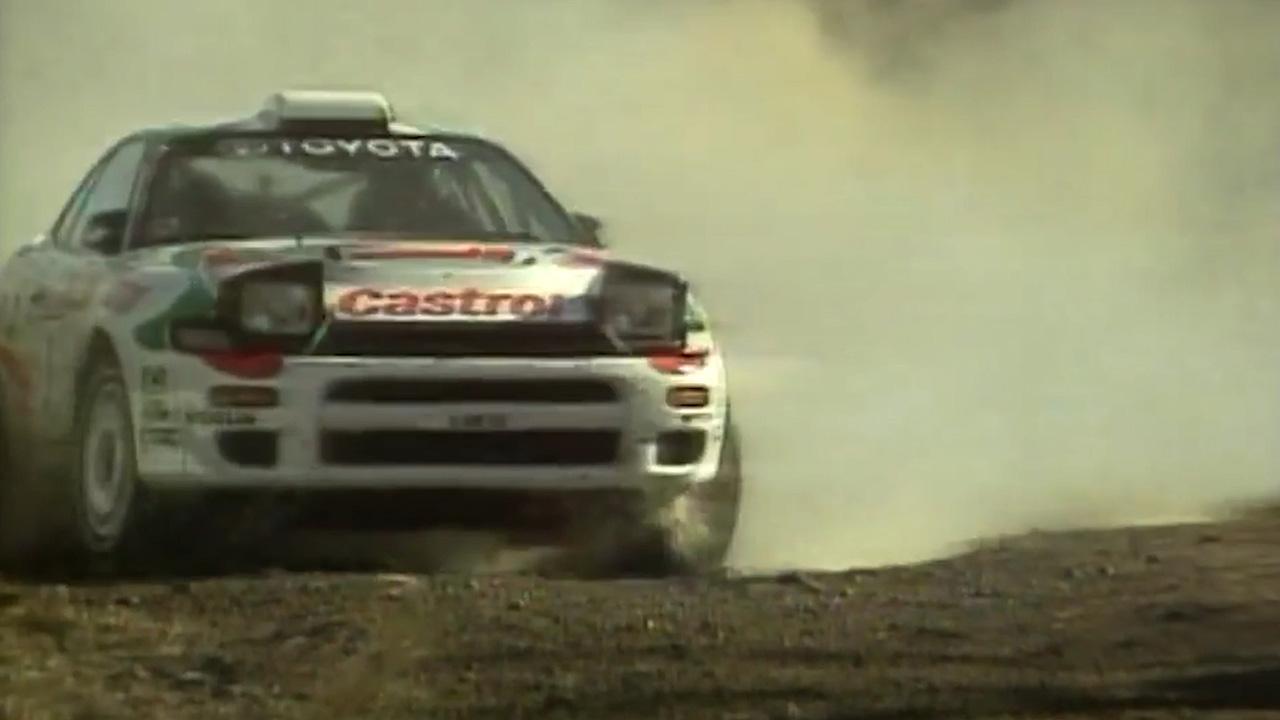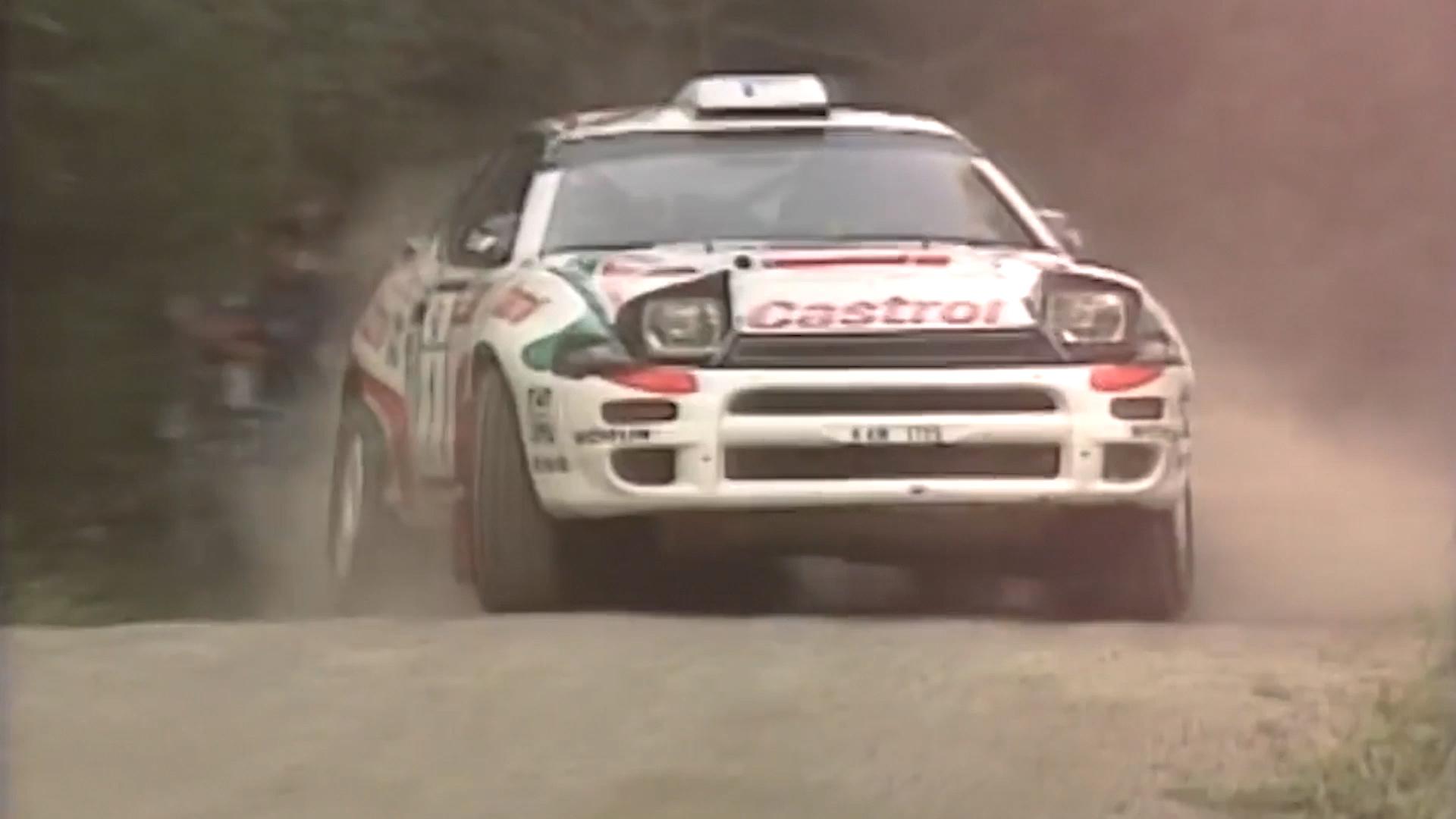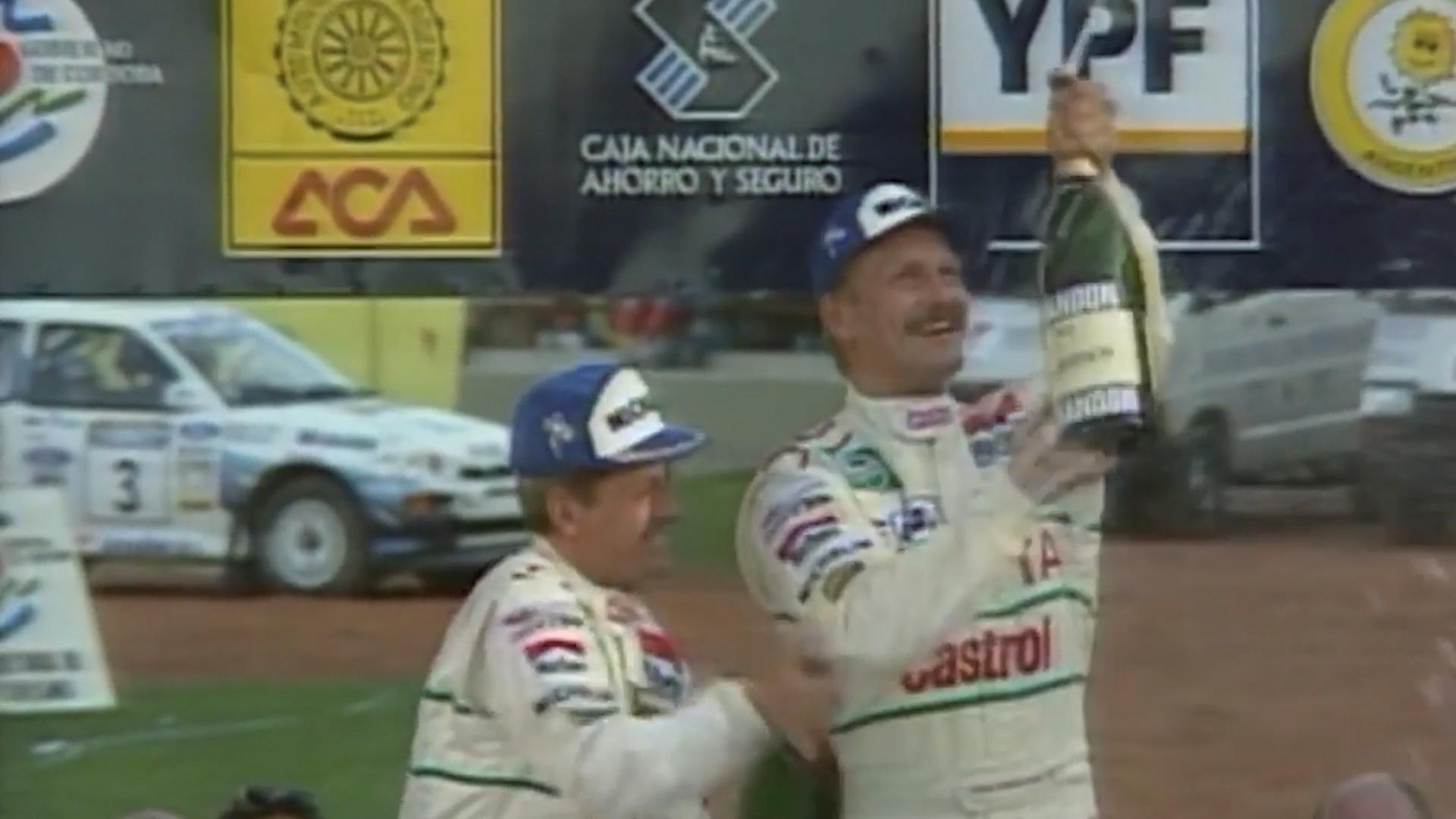
The Toyota Celica is coming back?! That's the rumor going around--one that can be traced to Akio's comments on Toyota Times.
An unprecedented feat for a non-European carmaker
How did Toyota manage to achieve so much with its first full-time 4WD model? The answer came to light two years later.
The ST165 entered the WRC in 1988 and notched its first victory at the 1989 Rally Australia with Juha Kankkunen behind the wheel. Toyota topped the podium for the first time in three years.
In other words, the ST165’s high performance stemmed from the fact that the model was developed to win WRC events.
In Europe, the WRC’s popularity and high profile rivals that of Formula 1. By winning at this pinnacle in just its second season, the ST165 stunned rally insiders in the home of motorsports.
For the 1990 season, Toyota was among the favorites and did not disappoint, winning five events. Although the team missed out on the manufacturers’ title, Carlos Sainz clinched the drivers’ championship.
This strong form continued through the 1991 and 1992 seasons. Despite having the top driver in 1992, the team again fell just short of claiming the coveted manufacturers’ title.
One of the big topics in 1992 was Toyota’s shift from the ST165 to the next-generation ST185. Ahead of this change in the WRC, the Celica production model underwent a full change in 1989.
While sticking with the ST165’s basic structure, the ST185 boasted a more powerful engine and improved suspension.

Based on this, a more race-spec ST185 was entered in the WRC.
That brings us to 1993, with Juha Kankkunen behind the wheel of an ST185.
After hitting his stride with a Round 4 win in the Safari Rally, Kankkunen continued to rack up victories. When he claimed his sixth at Round 10 Rally Australia—the very same event he had conquered in the ST165—Kankkunen handed Toyota its long-awaited manufacturers’ title with three races to spare.
Toyota became the first carmaker from outside Europe to win the manufacturers’ championship since the WRC was established in 1973. The team had smashed through the formidable wall of European dominance.
In that same year, Kankkunen also took home his fourth drivers’ title.
The spectacular run carried into the following year, 1994, with Toyota holding onto both the manufacturers’ and drivers’ titles for a second straight season.
Although teammate Didier Auriol was crowned champion this time around, Kankkunen’s consistent driving contributed to the team’s consecutive titles.
In short, it’s fair to say that Toyota’s golden era in the WRC was forged together with Kankkunen.

In the 1994 season’s latter half, the ST185’s successor, the ST205, joined the fray. Toyota entered the following season with this new model, but the ST205 proved difficult to set up.
In their haste to overcome the problem, the team improperly modified the restrictor that limits airflow into the car’s turbocharger. When this breach was discovered, Toyota was stripped of all points for the 1995 season and suspended from the WRC for one year.
Toyota returned to competition in 1997, but this time with the Corolla. And so, the Celica’s chapter in WRC history closed in 1995.
Bring on Rally Japan!
Retracing the Celica’s WRC journey, one can see how pushing a production vehicle to its performance limits on public roads contributes to developing a superior product.
Toyota’s experience battling rivals at the pinnacle of world rally, the WRC, helped boost the team’s technical prowess, resulting in back-to-back championships. This expertise was then injected into the company’s production models.
And now in 2023, Rally Japan (Aichi/Gifu) kicked off on November 16. As exciting as the fight for world number one is, it is another visit to the country by Juha Kankkunen.
Kankkunen is a legendary driver renowned for his innate speed and for rarely making mistakes. At Rally Japan, we eagerly followed his every move and will be reporting on it soon.

